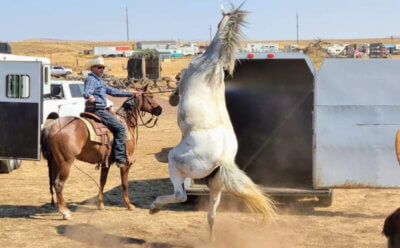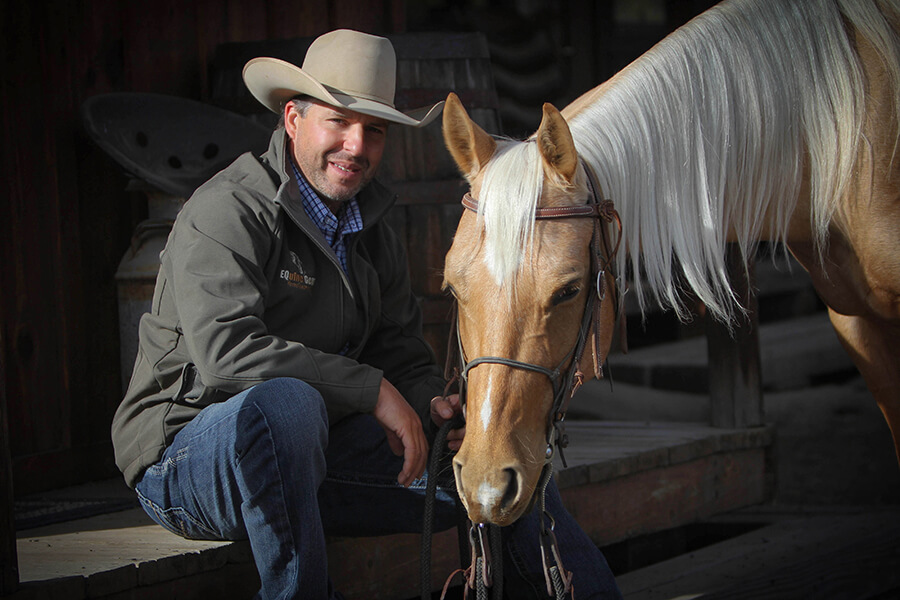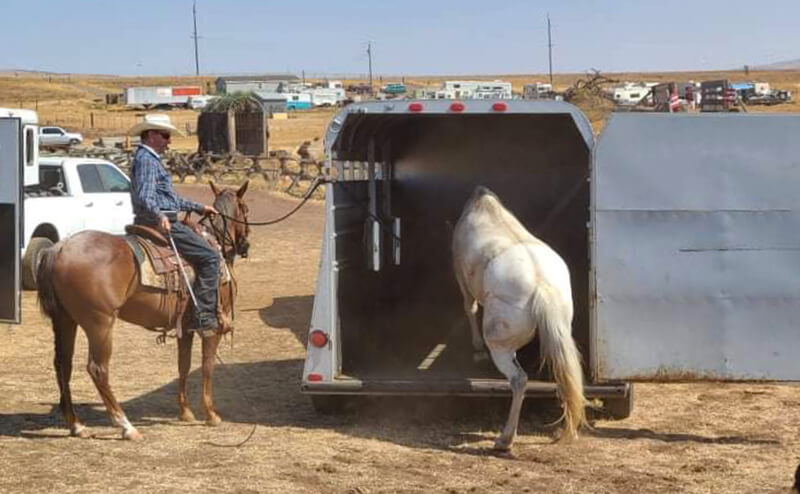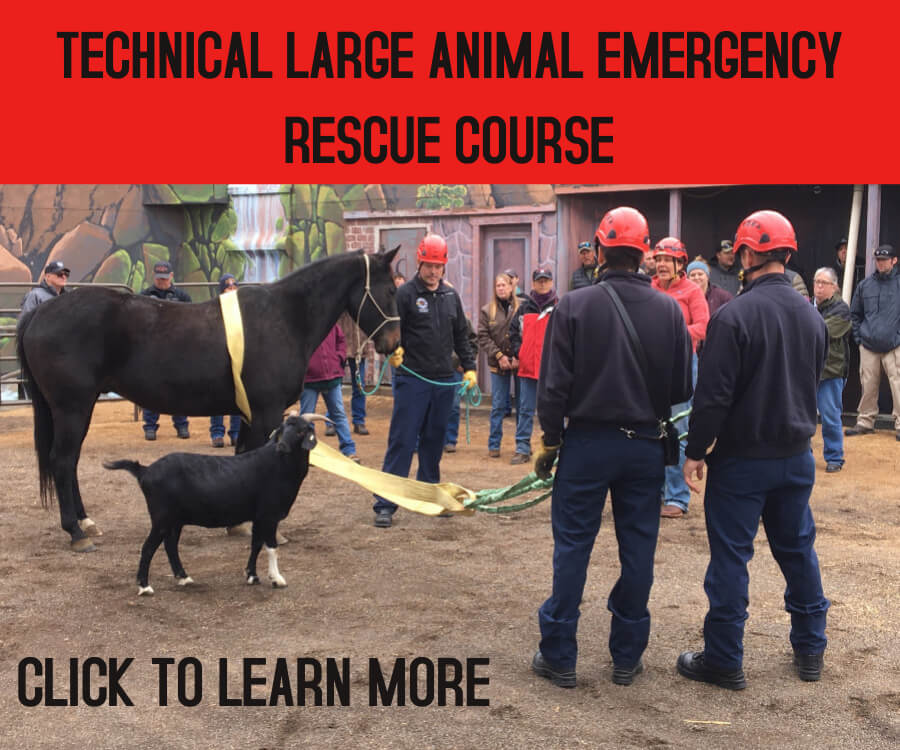Our previous article focused on teaching your horse to “try to try” rather than “try to quit”. In this article we will take a focused look on using this idea to train trailer loading.
We’ve all had (or known someone who had) a horse that couldn’t be loaded into a trailer. This article will show you an easy way to teach your horse to seek the trailer.
You envision stepping up into your trailer with your horse following right behind. But as you step up into the trailer, you feel tension on the lead rope as your horse informs you he has other ideas about this situation. This is the moment where we can draw the dividing line between try to try versus try to quit.
 This is also the moment when most people try to force or coerce the horse into the trailer. Although people often eventually do get the horses in the trailer, there is no reason why it should be a struggle. With the following setup you will be able to teach your horse to load easily and safely.
This is also the moment when most people try to force or coerce the horse into the trailer. Although people often eventually do get the horses in the trailer, there is no reason why it should be a struggle. With the following setup you will be able to teach your horse to load easily and safely.
I start by working with the horse outside of the trailer by asking her to work in some way. After doing so, I offer her the trailer as a release from that work. Notice that I have given her a choice. I am located several feet from the trailer door. If she doesn’t want to try, she doesn’t have to. She could simply circle around and practice our other goals. I’m just there to make sure she follows through, to cause the wrong choice (work) to be difficult and allow the right choice (loading) to be easy.
Eventually, through repetition of pressure and release, the horse will find herself in the trailer. But she may be uncertain of her decision to go against instinct and to just listen to what feels better. From here, you have a few options, but the best one is just continuing with your plan—causing your idea to become her idea. So, if she wants to come out, let her. Don’t send the horse in mindless circles; build structure for both of you by using a focused plan of action.
We’re waiting for a change. The long-term goal is not to load the horse, nor is it to discipline the horse outside of the trailer with mindless circles. The actual goal in this exercise is to develop the ability to create change in you and your horse in a positive way. Create a try to try vs. try to quit.
As a final test, I take the halter off (if I’m in an enclosed arena) to see if she truly understands the lesson, or if she’s just trying to escape to the trailer. She moves in a circle loose around me and finally trots into the trailer where she gets the reward—the release.
Now I don’t want you to immediately think like a human and say, “Well, this principle doesn’t apply to me; my horse loads/ties/rides, etc.” I’m simply using this as an example to get you thinking outside the box. We have all experienced good and bad episodes at a trailer, and most of us know that when a horse chooses not to load, they are not going to load (not willingly anyway) and that is the key word: chooses. So, how do you create a try to try vs. try to quit horse? You give them a choice. That choice is created by giving them options. Think of these options as your plan, which leads us back to the first part of the equation we mentioned in last month’s article: focus.
We’re going to focus on two things in our equation: the wrong thing and the right thing. We set up an exercise that causes the wrong thing to be difficult (but not impossible or unfair) and makes the right thing easy, for which you can provide a release.
The key is to put things into motion before the horse does. Chances are that when faced with a new challenge, your horse may well try to think around the goal rather than go directly at it. So, we will let him attempt all the side doors first, just to convince him that none of those doors are a good option because they’re all more difficult than your goal. The horse will then be much more likely to go through the front door, which was your original plan. By having your horse become part of the decision-making process, you’re going to cause a creative situation, with options, allowing the horse to find the answer and rewarding him through release.
See this article in the December 2021 online edition:

Steve Rother is an internationally acclaimed horsemanship clinician and the winner of numerous trainer’s challenges. Known as The Horse Teacher, Steve is dedicated to working with horse enthusiasts who strive to educate themselves as they develop a partnership with their horses, regardless of their chosen discipline.
Steve conducts horsemanship clinics throughout the USA and Canada and also at his ranch, The School of Horse, located in northeastern Washington State. His One Ride Away 30-Day Challenge and Horse Teacher University provide students with an interactive home-study program, designed to allow participants to advance their horsemanship goals. To learn more, visit www.horseteacher.com, www.onerideaway.com, or check out Rother Horsemanship on Facebook.






